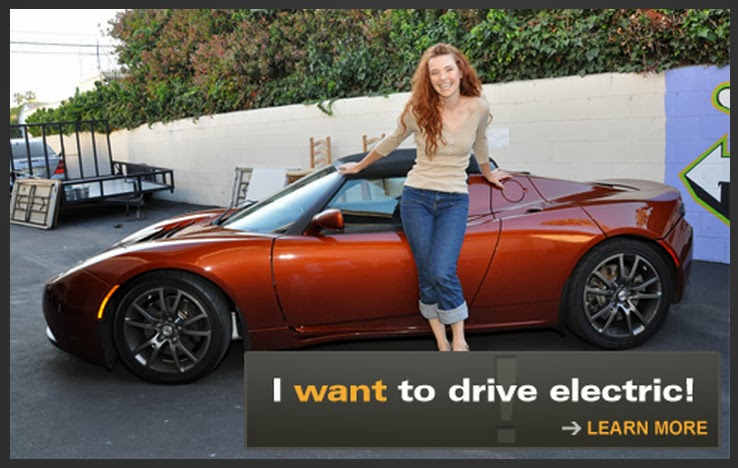Plug In America said that they would run an Action Alert campaign for their members for the Oregon EV Rebate initiative. This would be similar to the one they recently did for
Georgia. They asked me to write the first draft for the campaign. It is below. It is a little too long for their format, but this way they can pick out the points they want to stress and cut the rest.
In truth, I must admit that I cobbled this together from the Union of Concerned Scientists and Drive Oregon's efforts to support the same initiative as well as some of my previous writings about the benefits of EVs in Oregon.

Electric vehicles (EVs) benefit people, the economy, and our air.
Electric vehicles are good for our state and can save drivers money, but upfront costs are a barrier for many. Oregon has the opportunity to expand the number of EVs statewide with a consumer rebate. This program will make EVs more affordable and cut the state's oil use, while providing substantial cost savings for drivers.
The benefits of EVs for Oregon are vast. They reduce oil use, have no tailpipe emissions, and save consumers money at the pump. But without a policy to reduce upfront costs, the EV market isn't growing quickly enough.
The Oregon Clean Car Rebate would cut the sticker price of EVs, putting them within reach of more Oregonians. As more people buy or lease EVs, the price will come down and the market will grow even faster. That will help consumers as well as our state’s economy and climate.
A
February 2015 study found that the approximately 5,000 electric vehicles already on Oregon’s roads today contribute up to $10.15 million annually to the Oregon economy and up to $676,700 in state and local tax revenue.
EVs boost the state’s local economy in several ways. Oregonians spend more than $6 billion each year on gasoline and diesel. Oregon has zero oil wells and zero oil refineries. This means that the bulk of every dollar spent here on gasoline leaves the state. Electricity, on the other hand, is generated locally, so the “fueling money” spent for EVs stays local. One study found that every dollar shifted out of gasoline spending produces 16 times more economic activity in its local region.
How would you like to pay just $1 per gallon? That’s not a fantasy: that’s the equivalent cost of driving an electric car in Oregon today. This means more money is left in your household budget for all the other demands and a little more fun.
Because EVs have not been on the market very long, there is not a significant pool of used cars available yet. Additionally, because of the new technology, EVs still have a slightly higher sticker price. While there is a $7,500 federal tax credit available, some 80 percent of Oregon taxpayers don’t make enough money or have enough tax liability to take full advantage of that credit.
That’s why the Energize Oregon Coalition, which includes more than 100 businesses, conservation and public health groups, and other stakeholders are supporting legislation to create a $3,000 Oregon rebate for electric cars. Studies suggest that even this modest rebate — about 10 percent of the purchase price of the most popular electric cars — can increase their market share by 50 percent to 80 percent, with twice the impact of an equivalent tax credit. In fact, Atlanta has become a leading EV market in large part due to Georgia’s state incentive.
Thanks to the efforts of the Oregon Department of Transportation, Travel Oregon, and others, Oregon currently has one of the best EV charging infrastructure networks in the nation. This brings Mt Hood, the Pacific coast, the Columbia River Gorge, Forest Park, covered bridge tours in Cottage Grove, cherry blossom tours, scenic river byways, the Oregon Dunes, beer and wine tours, and much more are all within the range of an EV in NW Oregon.
Thanks to the abundant hydro and wind power in Oregon, most of the electricity these cars use will be renewably generated. The electric utilities here are happy to see EVs on the road. EVs generally charge up overnight. This helps increased demand at off-peak times and helps stabilize the grid.
The rebate is projected to cost less than $4 million a year — the equivalent of less than a penny a gallon on the price of gas. Getting more Oregonians behind the wheel of an electric car will produce dividends for Oregon families, for our economy, and for the environment for years to come. It’s an investment with great returns.
Related Post:
9 Reasons EVs Are Great In Oregon













